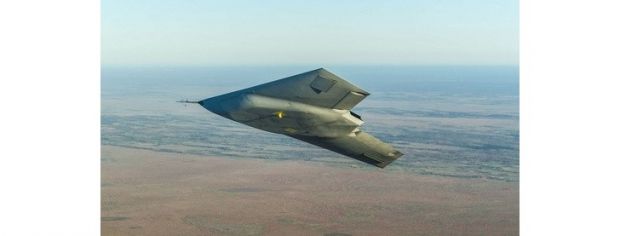Stealth jets and drones can't really become invisible, but they do have the ability to remain undetected by most radars and other surveillance systems. There are some limitations though, which is why the Taranis is so remarkable: because it surpasses one of the most important.
You see, while the “art” of flying undetected by radars, and whatever else, has been more or less perfected, “communicating” with the drone without giving its position away has not.
Radio waves, all electromagnetic that humans have so far used, are detectable, in some manner, to man-built systems.
That is why drones sent to scout areas behind enemy lines usually need to do that in total “radio silence.” They have mission parameters to carry out and need to go in and out on their own.
The Taranis Unmanned Combat Aerial Vehicle (UCAV) is the first UCAV to be able to receive and send radio communications without revealing itself to the enemy.
Taranis is the name of the Celtic god of Thunder. The drone is not as large or majestic as the name implies, but it does have the wing span of a Hawk fighter (33 feet / 10 meters).
The engine configuration is also “hidden,” though there are no details on that particular matter unfortunately. Not that anyone expected all the new secrets of a military drone to be exposed.
What engineers did was remove the air-data boom, which sends temperature, airflow direction and air pressure data for analysis. The boom is usually installed on the nose of a drone or on the wings, where relatively undisturbed air can be measured.
Instead of the air-data boom, the Taranis has a special system that sends all telemetry without external probes of any sort. The drone can even pick up the data with signature control variants of the antennas, which have very little, if any, radar signature.
Another issue that complicated the creation of the Taranis drone was making the engines work nicely with the highly complex stealthy exhaust system. Again, the details were kept under wraps, as one would expected from “the most advanced aircraft ever built by British engineers,” as the drone was described after its first flight on August 10, 2013.
Taranis was developed over a period of seven years (since 2006) and ate up investments of over £185 million / $300 million / €221 million in private and public funds. BAE Systems ultimately managed to get it off the ground.

 14 DAY TRIAL //
14 DAY TRIAL // 

